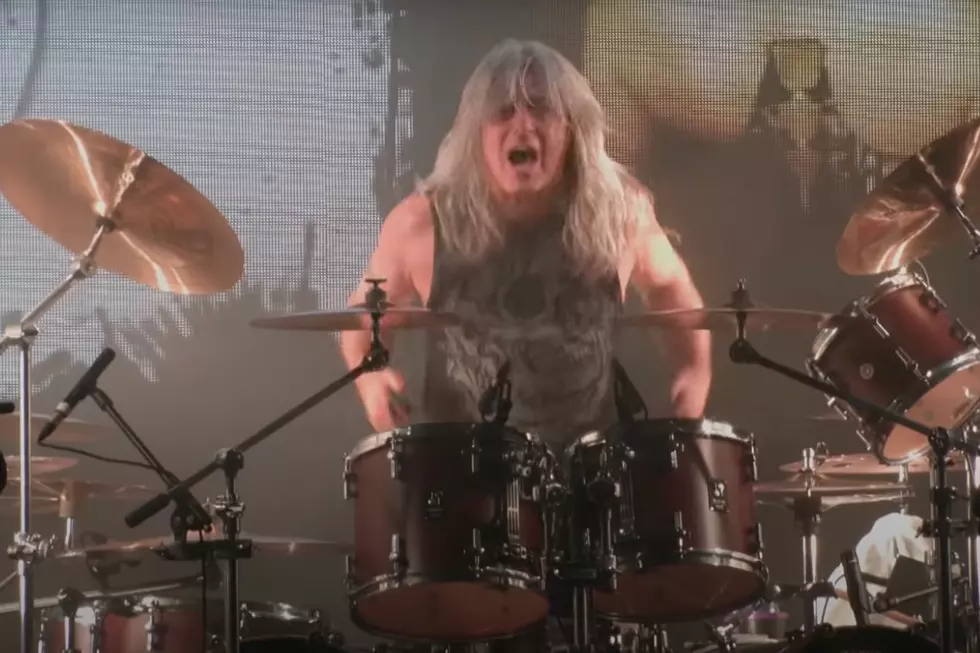
How ‘In Trance’ Became the Scorpions’ First Classic LP
A little-known German band going by the intimidating moniker of Scorpions took their embryonic career to the next level on Sept. 17, 1975 with the release of their third studio long-player, In Trance. To this day it is considered among their very best.
Not that the road so far had been a ride on the Autobahn, exactly, for Germany’s future platinum sellers. It was more like a twisting alpine road, filled with ice patches and sheer cliffs, at all times threatening to pitch the hungry young group into the abyss and away from their intended path towards rock stardom.
After slowly assembling in the mid-‘60s, Scorpions' first LP, 1972’s Lonesome Crow, had dabbled rather unsuccessfully in psychedelia and even Kraut rock. Their 1974 sophomore album, Fly to the Rainbow, had shown marked improvement but still blended leftover hippie digressions amidst the escalating hard rock ingredients on display.
None of it hinted at the heightened, newfound focus achieved by the band’s next effort. In Trance advanced by leaps-and-bounds toward the signature blend of metal and hard rock that came to define Scorpions' sound. They were no doubt helped by new producer Dieter Dierks, who would henceforth work with the band for over a decade and a half-dozen LPs.
Not surprisingly, all of those ensuing commercial triumphs would owe much of their successful template to diverse In Trance highlights ranging from the driving “Top of the Bill” and the blisteringly paced “Robot Man,” the cascading “Life’s Like a River” and the majestic “Living and Dying,” plus the seductive, mystery-laden title track.
Listen to the Scorpions Perform 'Top of the Bill'
What was unlike subsequent Scorpions albums, at least those released after 1979, were the songs helmed by lead guitarist Uli Jon Roth, whose vocals were no match for those of frontman Klaus Meine. But his guitar talents were truly second to none, as shown on the roiling, metallic blast of “Dark Lady,” the grungy blues of “Sun in My Hand” and the ethereal dreamscape of closing instrumental “Night Lights.”
In Trance wasn’t quite perfect (see “Evening Wind” and “Longing for Fire”), but it showed a confidence and maturity previously unheard of from Meine, Roth, rhythm guitarist Rudolf Schenker, bassist Francis Buchholz and new drummer Rudy Lenners.
This quintet (plus Dierks behind the recording console) would soon certify Scorpions as serious European contenders on the back of impressive follow-ups like Virgin Killer and Taken by Force. But it was In Trance that clearly showed them the way: with its musical improvements and even the first appearance of the band’s distinctive logo font.
Speaking of In Trance’s cover art, it accidentally established another future Scorpions trend by upsetting conservative groups and winding up censored, when the seductive model photographed by Michael von Gimbut had her exposed breast “blacked out” for the ever-sensitive U.S. market.
It was just another a day in the life of Scorpions, of course, who would never look back after achieving their first major career breakthrough with In Trance.
See Scorpions Among Rock's Sexiest Album Covers
More From Ultimate Classic Rock









